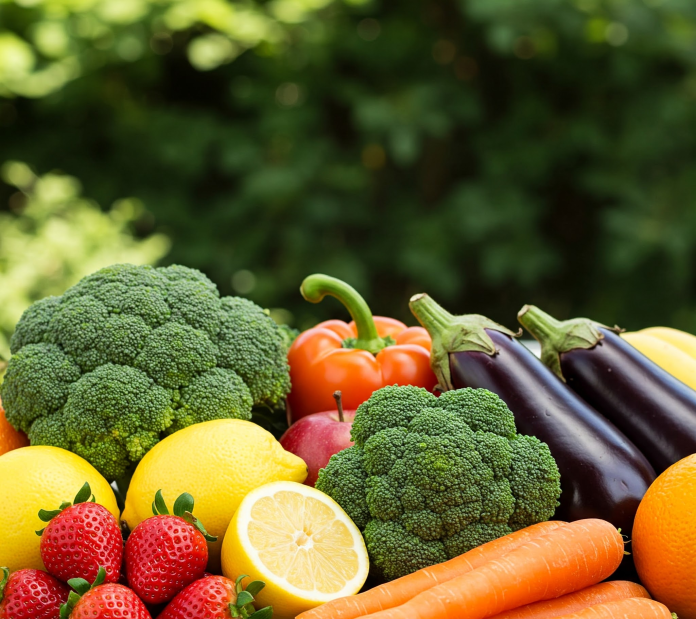Your body need these essential nutrients daily to function optimally, it’s not coffee or donut. In our fast-paced world of convenience foods and supplements, it’s easy to forget that nature has already provided us with perfect packages of nutrition. Fruits and vegetables are not just colorful additions to our plates—they’re powerhouses of the essential nutrients our bodies need to thrive. Let’s explore how these natural wonders can help us meet our daily nutritional requirements.
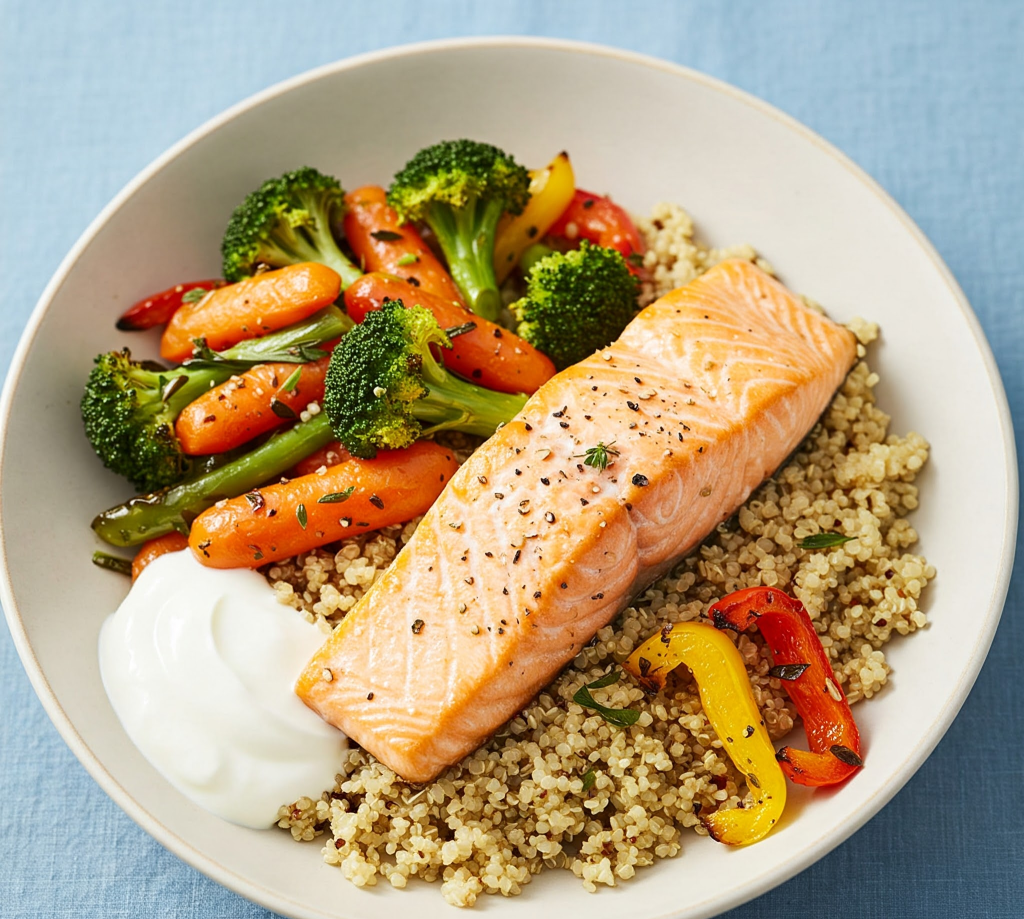

Macronutrients: The Foundation of Energy
While fruits and vegetables aren’t typically associated with all macronutrients, they do contribute significantly to the total amount of essential nutrients needed in the body:
Carbohydrates (45-65% of daily calories) Fruits and starchy vegetables are excellent sources of complex carbohydrates:
- Bananas (27g carbs per medium fruit)
- Sweet potatoes (26g carbs per medium potato)
- Apples (25g carbs per medium apple)
- Mangoes (50g carbs per fruit)
Proteins (10-35% of daily calories) Though not as protein-rich as animal products, some vegetables provide respectable amounts:
- Green peas (8g protein per cup)
- Spinach (5g protein per cooked cup)
- Brussels sprouts (4g protein per cup)
- Broccoli (3g protein per cup)
Healthy Fats (20-35% of daily calories) Some fruits contain beneficial fats:
- Avocados (15g healthy fats per fruit)
- Olives (about 3g fat per ounce)
Vitamins: The Cellular Helpers
Vitamin A (700-900 μg RAE)
- Sweet potatoes (1,403 μg RAE per medium potato)
- Carrots (509 μg RAE per 1/2 cup)
- Spinach (573 μg RAE per 1/2 cup, cooked)
- Cantaloupe (267 μg RAE per cup)
Vitamin C (75-90 mg)
- Red bell peppers (190 mg per cup)
- Strawberries (98 mg per cup)
- Kiwi (64 mg per fruit)
- Oranges (70 mg per medium fruit)
- Broccoli (81 mg per cup)
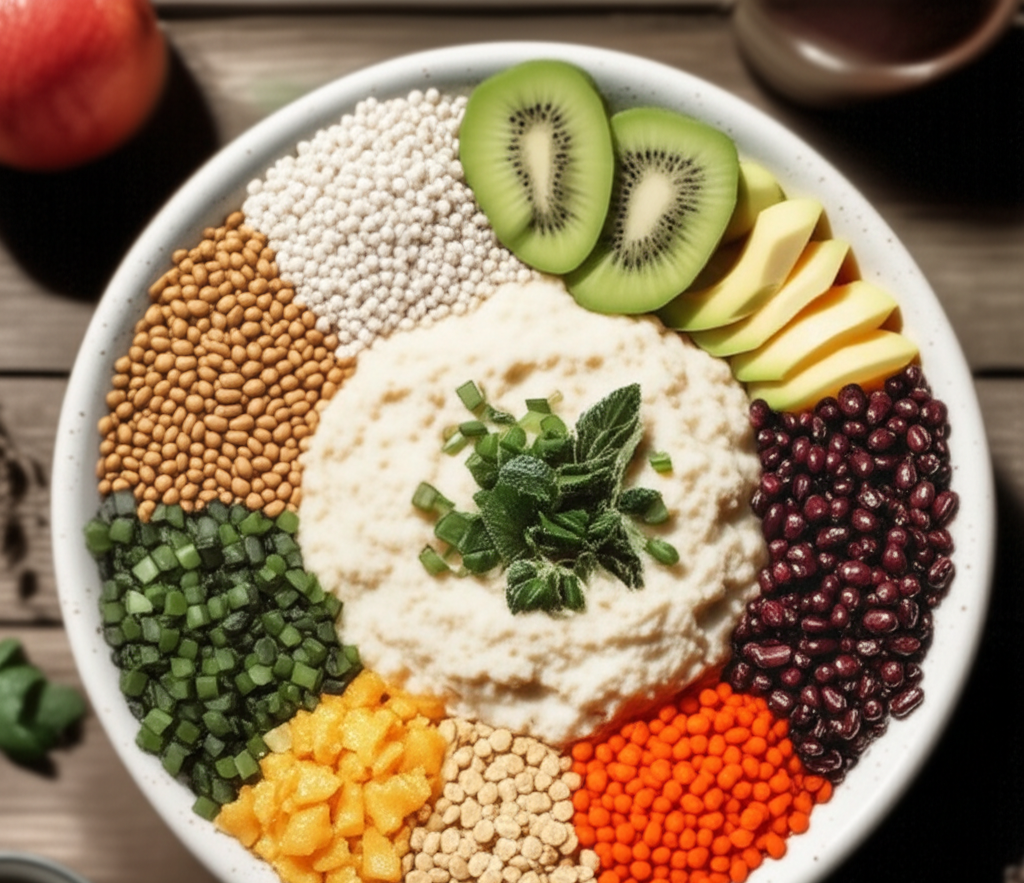

Vitamin K (90-120 μg)
- Kale (547 μg per cup)
- Brussels sprouts (156 μg per cup)
- Broccoli (110 μg per cup)
- Spinach (145 μg per cup)
B Vitamins
- Folate (Vitamin B9, 400 μg): Spinach (131 μg per cup), asparagus (134 μg per cup), Brussels sprouts (94 μg per cup)
- Vitamin B6 (1.3-1.7 mg): Bananas (0.4 mg per medium fruit), potatoes (0.4 mg per medium potato)
- Thiamin, Riboflavin, Niacin: Found in various green vegetables, citrus fruits, and mushrooms
Minerals: The Body’s Building Blocks
Calcium (1000-1200 mg)
- Kale (177 mg per cup)
- Bok choy (160 mg per cup)
- Oranges (60 mg per medium fruit)
- Figs (35 mg per fig)
Iron (8-18 mg)
- Spinach (3.2 mg per cup, cooked)
- Swiss chard (4 mg per cup, cooked)
- Tomato sauce (1.4 mg per cup)
- Prune juice (3 mg per cup)
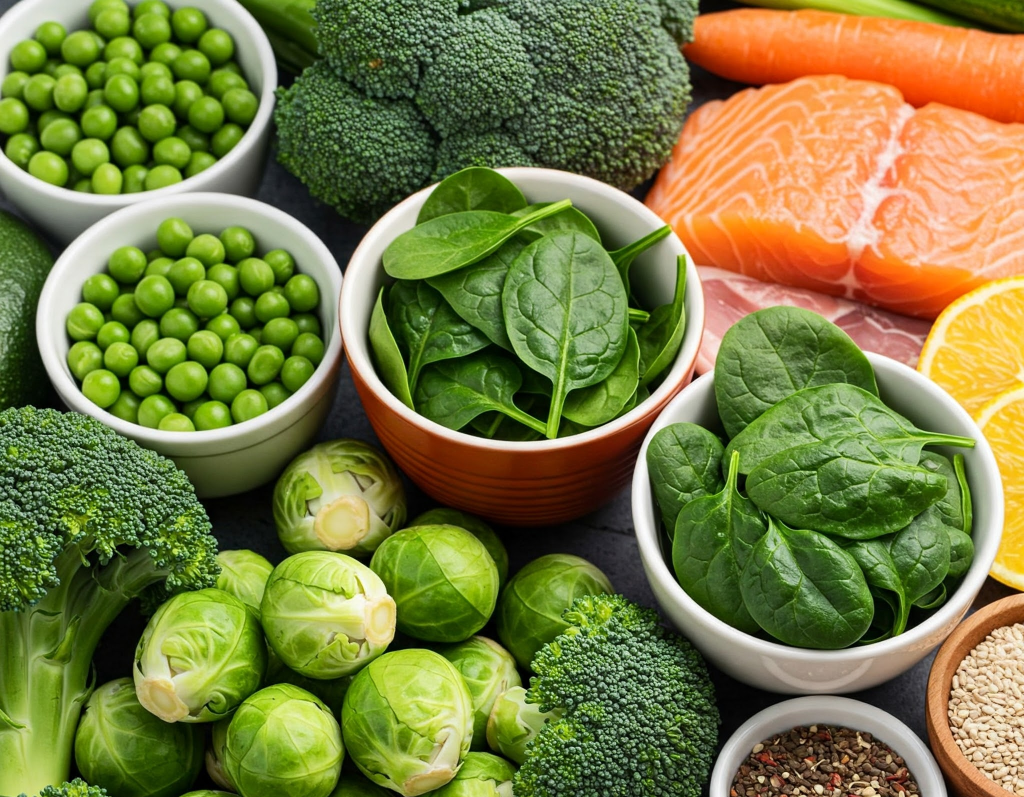

Potassium (2600-3400 mg)
- Avocado (975 mg per fruit)
- Bananas (422 mg per medium fruit)
- Sweet potatoes (855 mg per potato)
- Spinach (740 mg per cup)
- Watermelon (641 mg per wedge)
Magnesium (310-420 mg)
- Spinach (157 mg per cup)
- Swiss chard (150 mg per cup)
- Avocado (58 mg per fruit)
- Bananas (32 mg per medium fruit)
Fiber: The Digestive Helper
Dietary Fiber (25-38g) Fruits and vegetables are fiber champions:
- Raspberries (8g per cup)
- Pears (5.5g per medium fruit)
- Apples (4.4g per medium fruit)
- Broccoli (5g per cup)
- Brussels sprouts (4g per cup)
- Artichokes (10g per medium artichoke)
Creating Your Essential Nutrients-Dense Plate
The secret to meeting your nutritional needs through fruits and vegetables lies in variety and color. Each color represents different phytonutrients and health benefits:
- Red (tomatoes, watermelon, red peppers): Rich in lycopene, which supports heart health
- Orange/Yellow (carrots, sweet potatoes, mangoes): High in carotenoids for eye health
- Green (spinach, kale, broccoli): Packed with chlorophyll, magnesium, and folate
- Blue/Purple (blueberries, eggplant, purple cabbage): Contain anthocyanins, powerful antioxidants
- White (cauliflower, onions, garlic): Include allicin compounds that support immune function
Practical Tips for Maximizing your Essential Nutrients Intake
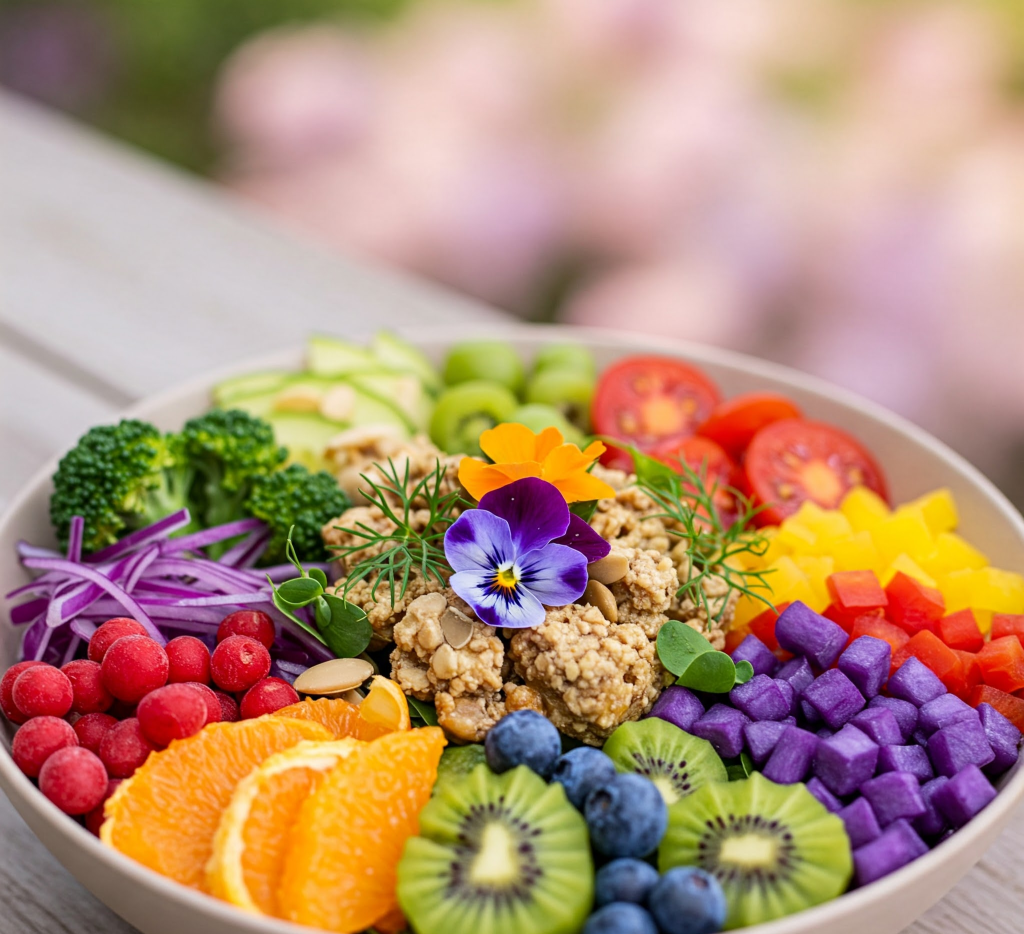

- Eat the Rainbow: Aim for 5-9 servings of different colored fruits and vegetables daily.
- Consider Cooking Methods: Some nutrients become more bioavailable when cooked (like lycopene in tomatoes), while others are better preserved raw (vitamin C).
- Don’t Peel When Possible: Much nutrition is concentrated in or just under the skin of fruits and vegetables.
- Combine Wisely: Some nutrients need fat for absorption (like fat-soluble vitamins), so pairing vegetables with a healthy fat source enhances essential nutrient uptake.
- Focus on Seasonality: Fruits and vegetables tend to have higher nutrient content when eaten in season.
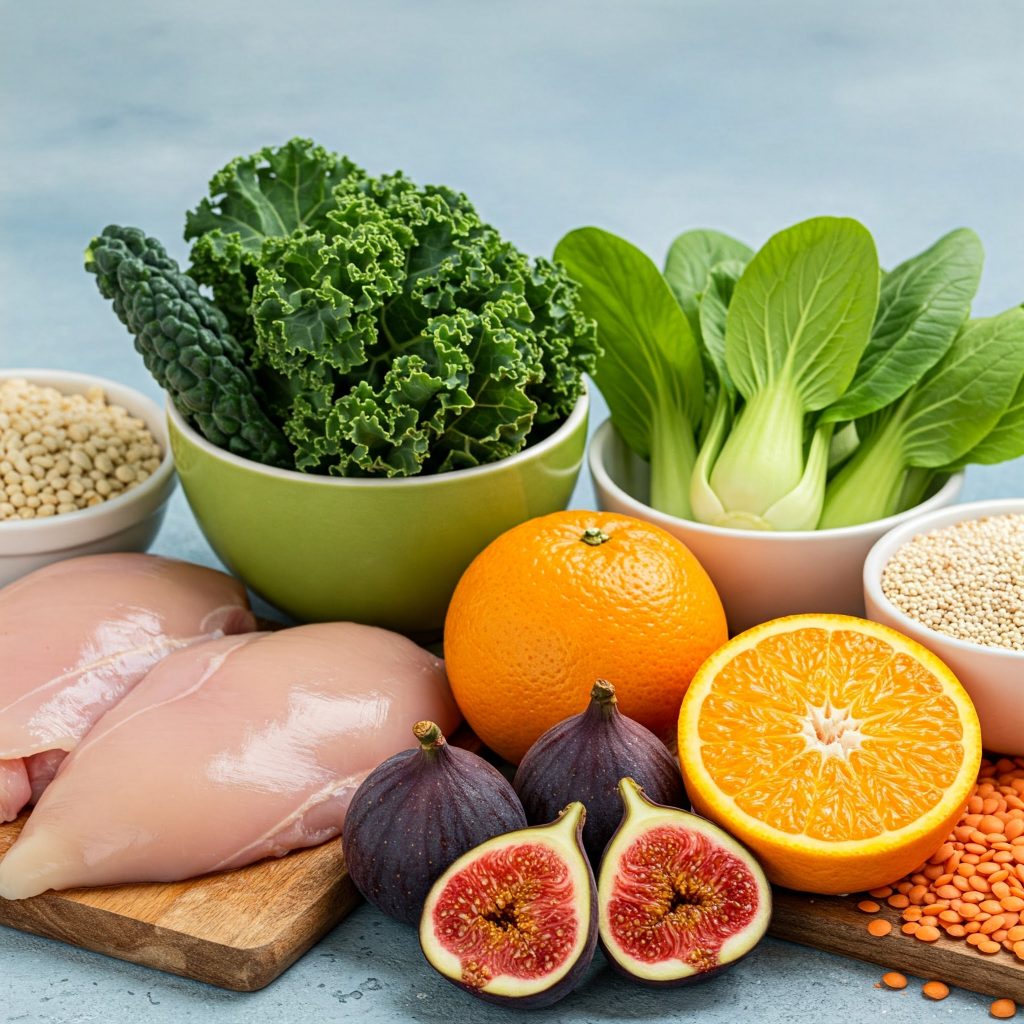

Beyond Nutrition: The Whole Food Advantage
While this guide focuses on specific essential nutrients, the true magic of fruits and vegetables lies in their synergistic effects. Research consistently shows that whole food nutrition provides benefits beyond what can be attributed to individual nutrients alone. A balanced diet is also essential
The fiber in fruits and vegetables slows the absorption of sugars, the water content helps with hydration, and thousands of phytonutrients work together in ways science is still discovering. Additionally, fruits and vegetables are naturally low in sodium and free of added sugars and harmful trans fats.
By building your diet around a variety of colorful plant foods, you’re not just checking boxes for individual nutrients—you’re investing in a comprehensive approach to health that no supplement can replicate.
So the next time you’re shopping for groceries, think of the produce section as nature’s pharmacy, offering everything your body needs to thrive in delicious, colorful packages. Your body will thank you with increased energy, better digestion, clearer skin, and long-term health benefits that go far beyond meeting daily essential nutrients requirements.

